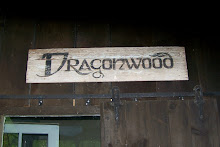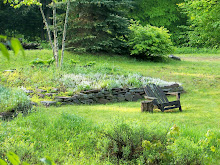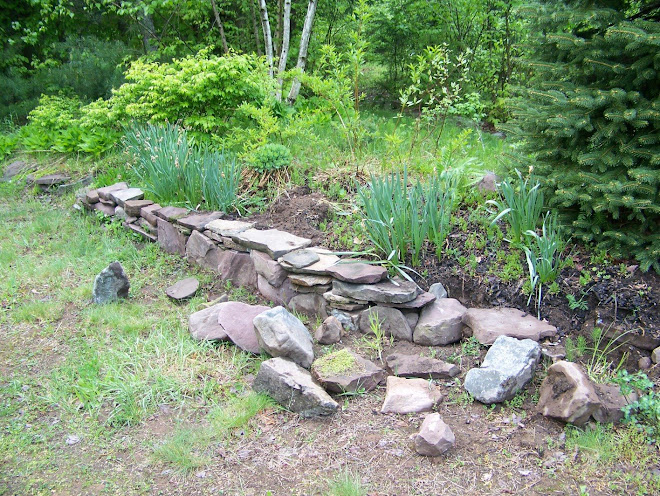
Well,.... being that it is winter and all, I tend to do a lot more reading. One of my next projects at Dragonwood is a multi purpose underground building. The primary function will be that of a root cellar, so my latest read was Root Cellaring by Mike and Nancy Bubel. This book is an excellent read, well written and interesting but also full of specific detailed information on planting and growing root cellar crops, to harvesting and winter storage. The book also informs of the history of root cellaring and covers a variety of designs and suggestions on building your own root cellar and then how best to use it. I took this book out from our local library but have decided it is a must for my own library and will refer to it as a point of reference in my own root cellaring endeavors.
I happen to have an ideal spot picked out where I will have to do minimal excavating for a 10' X 12' earthship/cordwood root cellar. My intention is to divide this into two small rooms. One that will have a dirt floor and the other a concrete floor. There are advantages to doing this for different types of storage. The back wall and two side walls will be earthship style in that I intend to recycle tires rammed with dirt. The living roof will be supported by hemlock beams from some trees I need to clear for garden expansion and the front, northeast facing wall will be cordwood masonry. This design should not only function well, but have some aesthetic appeal and the side benefit of allowing me to try out three alternative construction techniques. Earthship construction, living roof and cordwood masonry, all of which I hope to include to varying degrees in other future projects.
The root cellar will a labor intensive project but will also be a good classroom as I get first hand experience in these alternative building methods. As in all of my projects everything is subject to change and the cordwood could easily be interchanged with slip form masonry once I am to that stage of the project.
I am looking forward to this project and Root Cellaring is an invaluable guide for me in this project. If you have any interest in putting food by without the use of electricity this book is for you! Highly recommended!





























